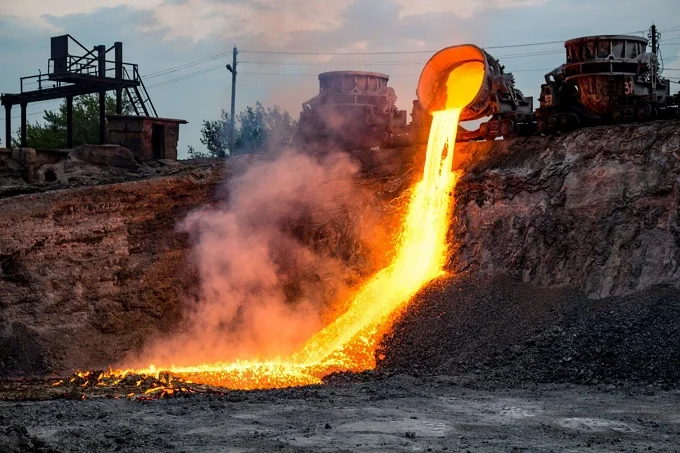Foundry work is an ancient craft that has seen many changes over the years. Today, it is on the brink of a technological revolution. Modern foundries are adopting new trends and technologies to meet the demands of the future.
This blog post will explore these changes in detail. Keep on reading for more info on the latest foundry techniques.
Automation and Robotics
Automation is transforming foundries. Robots can perform tasks that are dangerous or repetitive for humans. They can pour molten metal, handle heavy molds, and perform quality checks. This not only improves safety in the casting process steps but also increases efficiency. With automation, foundries can run 24/7 without needing breaks. This leads to higher production rates and lower costs.
Robots are also becoming more advanced. They are now equipped with sensors and AI to make them smarter. They can detect defects in real-time and adjust their actions accordingly. This ensures higher quality products and less waste.
3D Printing
3D printing is another exciting trend in foundry work. It allows for the creation of complex molds and patterns with high precision. Traditional methods can be time-consuming and expensive. 3D printing simplifies this process. Foundries can now produce custom parts quickly and at a lower cost.
3D printing also offers more design flexibility. Engineers can create intricate designs that were previously impossible. This opens up new possibilities for product innovation. As 3D printing technology continues to improve, it will become a standard tool in foundries.
Advanced Materials
Materials science is making significant strides. New alloys and composites are being developed for foundry use. These materials offer better performance and durability. They can withstand higher temperatures and are more resistant to corrosion. This makes them ideal for demanding applications.
The use of advanced materials also reduces the weight of products. This is particularly important in industries like aerospace and automotive. Lighter materials mean better fuel efficiency and lower emissions. For example, you can check out this stainless steel foundry to learn how they use advanced materials in order to stand out in the market.
Data Analytics and IoT
Data analytics and the Internet of Things (IoT) are changing how foundries operate. Sensors placed throughout the foundry can collect data in real-time. This data is then analyzed to identify patterns and optimize processes. For example, it can predict when equipment needs maintenance, reducing downtime.
IoT also enables better tracking of materials and products. Foundries can monitor every stage of production, ensuring quality control. This level of transparency builds trust with customers.
Sustainability
Sustainability is becoming a major focus for foundries. Traditional foundry processes can be harmful to the environment. New technologies are being developed to reduce this impact. For example, electric furnaces produce fewer emissions compared to traditional fossil fuel furnaces.
Foundries are also looking at ways to recycle materials. Scrap metal can be melted down and reused, reducing waste. Water used in the cooling process can be treated and recycled. These practices not only help the environment but also lower costs.
Learning More About Foundry Work
The future of foundry work is bright. Automation, 3D printing, advanced materials, data analytics, and sustainability are driving this change. Foundries that adopt these technologies will be more efficient, produce higher quality products, and be more environmentally friendly. The industry is evolving, and these advancements will shape its future. The foundries of tomorrow will look very different from those of today, but they will be better equipped to meet the challenges ahead.
For more topics aside from the latest on beginner foundry methods, visit our blog!












